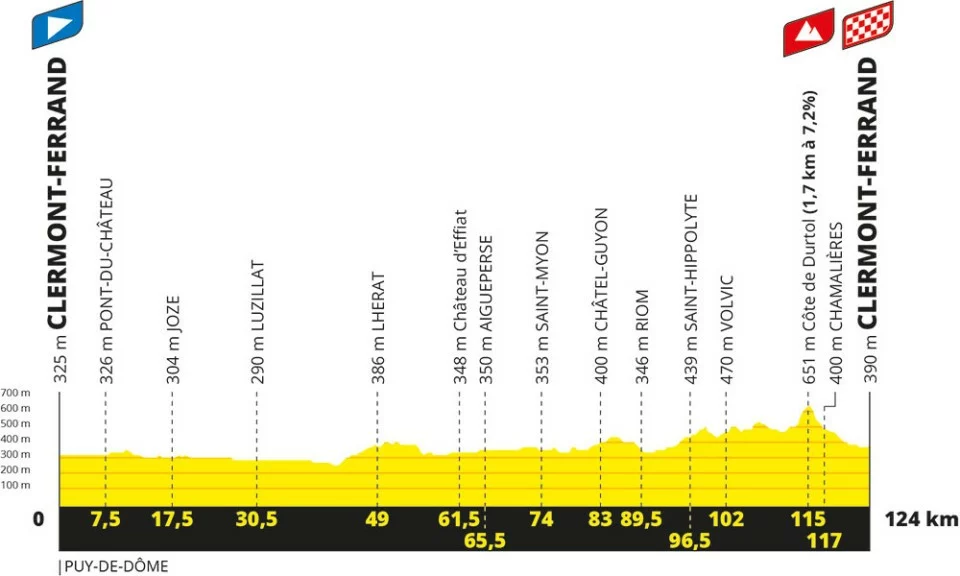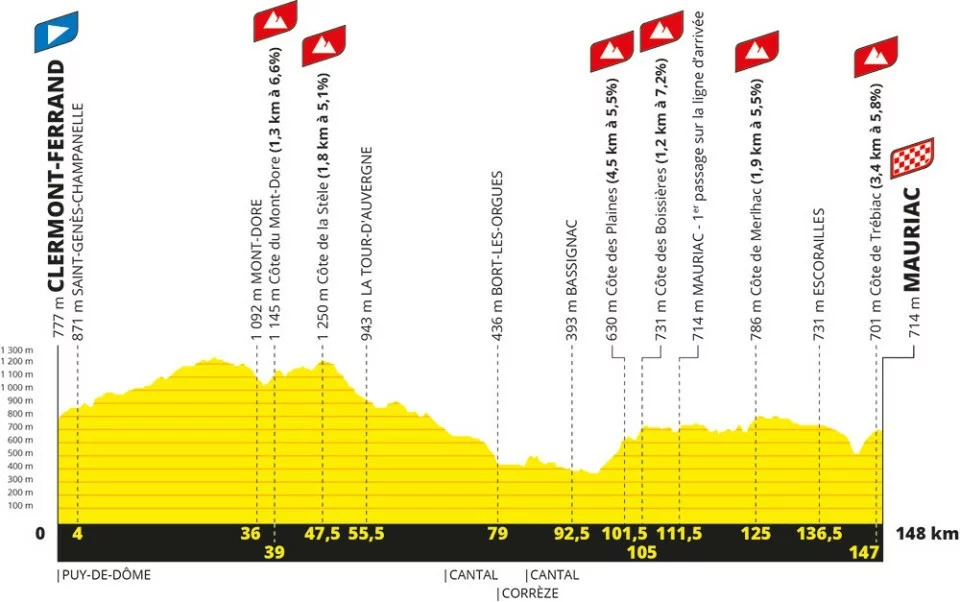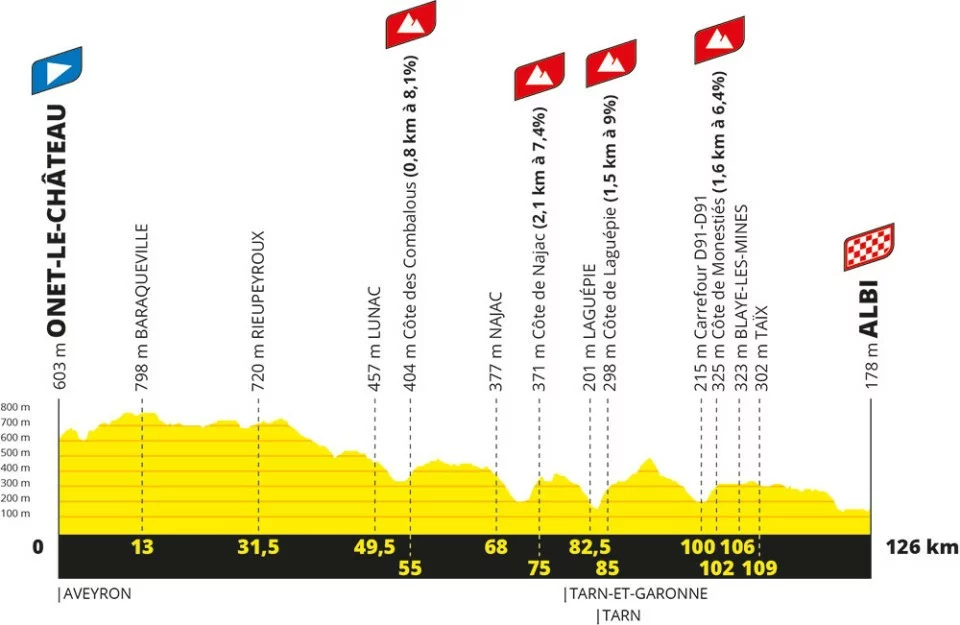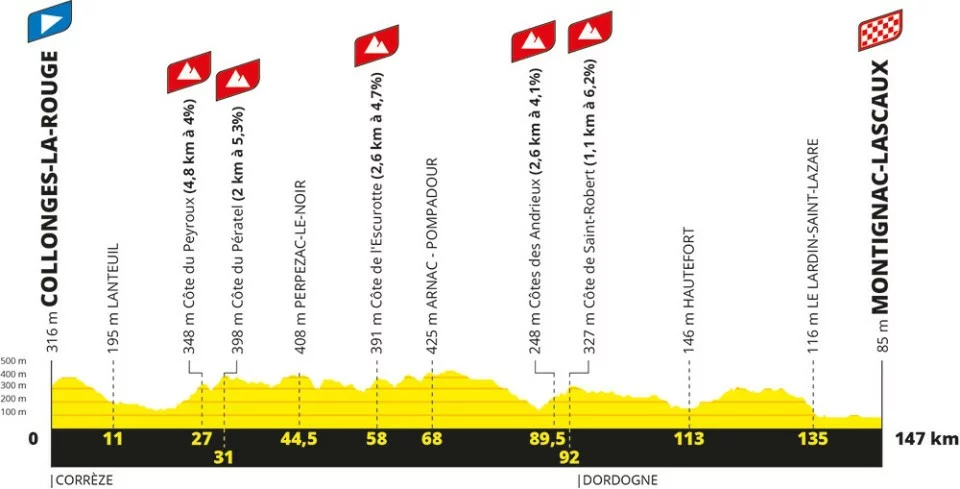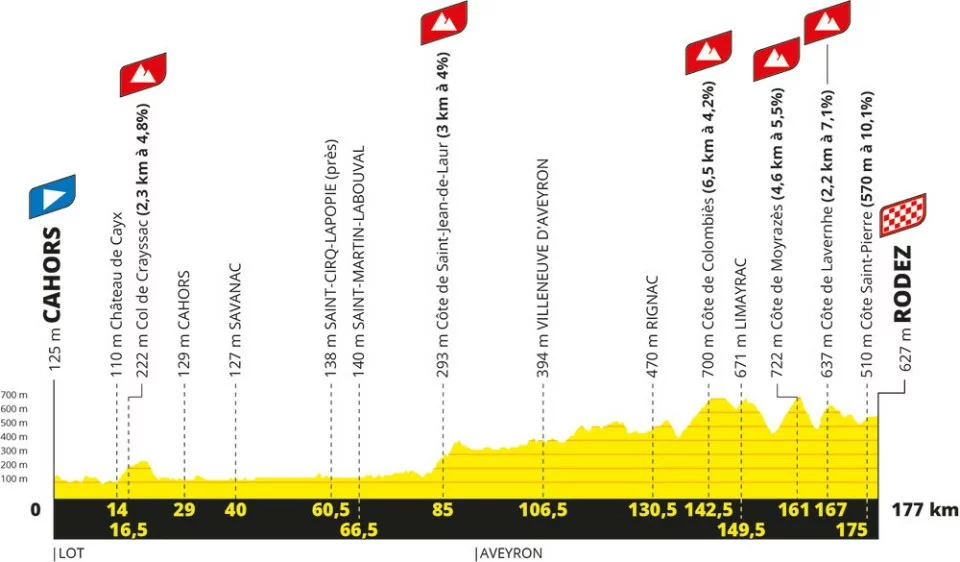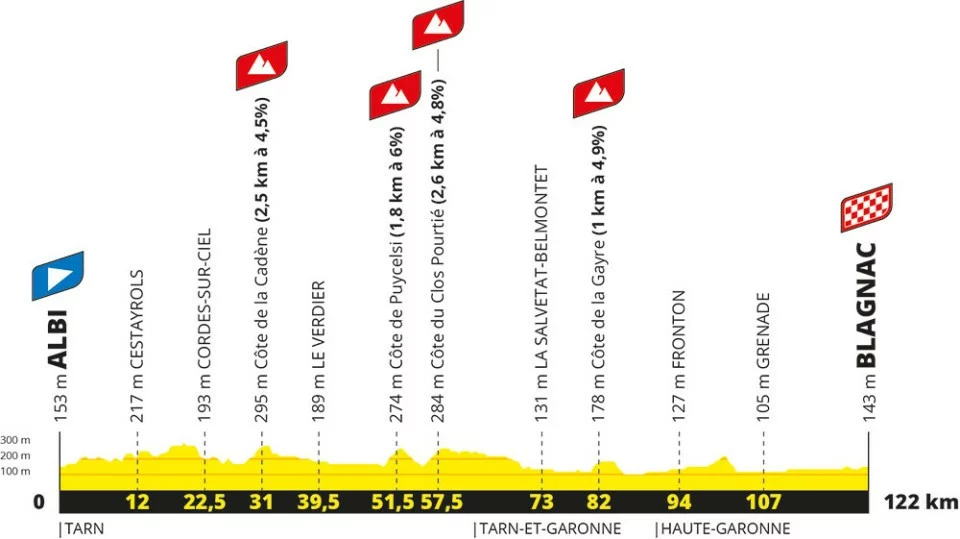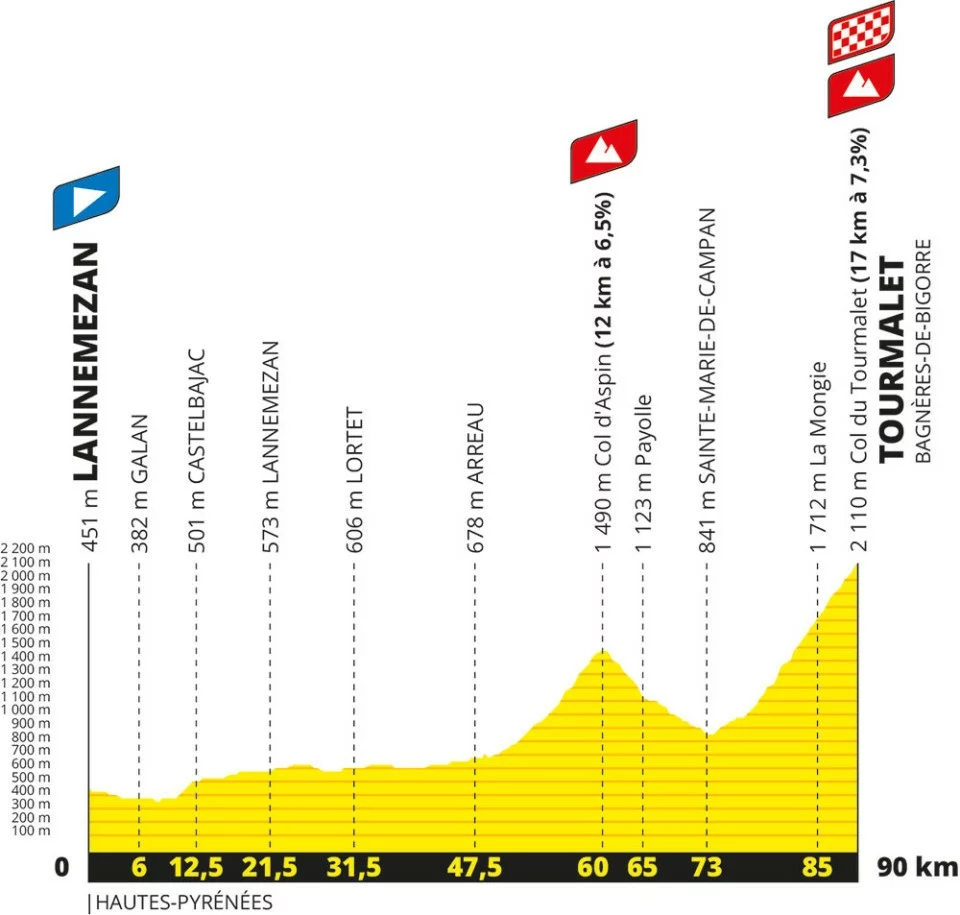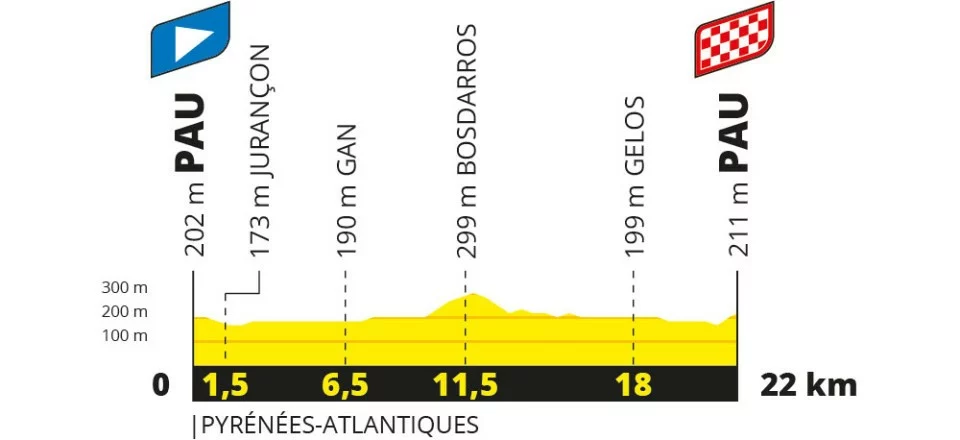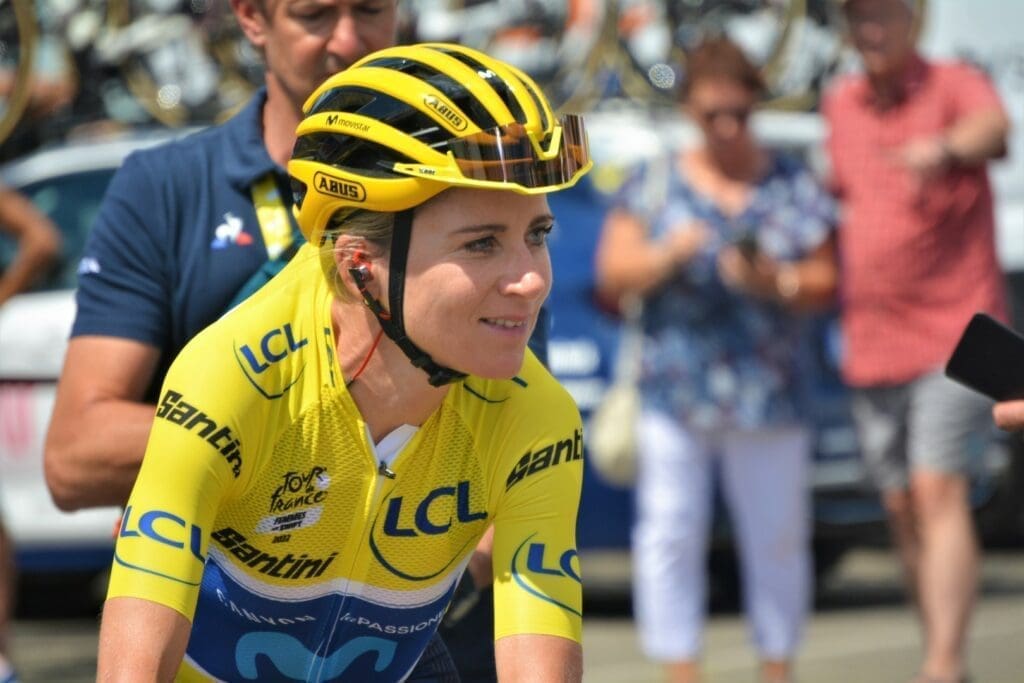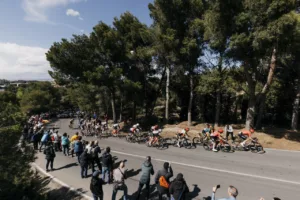One of the most prestigious and respected events in professional women’s cycling, the Tour de France Femmes avec Zwift, has a rich history and an exciting future ahead. Drawing the world’s elite female cyclists, this race consistently delivers thrilling performances, unforgettable moments, and inspiring achievements.
Table of Contents
ToggleTour de France Femmes avec Zwift race history
The Tour de France Femmes had its roots back in the 1980s when it was originally known as the ‘Tour de France Féminin’. Its inaugural race took place in 1984, with American rider Marianne Martin securing the first victory. The race continued annually with the Tour de France name until 1989 but faced organisational challenges. A number of similar races were held but not given the all-important title and they gradually phased out. The Tour de France name didn’t return again until a one-day race revival in 2014.
The re-established race, initially named La Course by Le Tour de France, shifted the old multi-stage event to a one-day race, aligning it with the final stage of the men’s Tour de France. After taking place on the Champs Elysees for a number of years, the race began to take place across France with finishes in Nice, Pau, Col d’Izoard, Le Grand-Bornand and Landerneau. Over the years, winners of La Course have included iconic riders such as Marianne Vos, Anna van der Breggen, and Annemiek van Vleuten, each showcasing their talent and determination on this global stage.
Fast forward to 2022, and the race evolved yet again into the Tour de France Femmes avec Zwift, a multi-day stage race mirroring the format of the men’s Tour de France. This new format allows for a broader range of competitive opportunities, giving riders a chance to showcase their abilities across different terrains and race conditions. Annemiek van Vleuten won the overall GC battle against Demi Vollering (who won the Queen of the Mountains jersey) and Marianne Vos won the green points jersey.
The Tour de France Femmes avec Zwift’s first rebooted edition was encouraging and gives hope that it will thrive and excite with each passing year. As we wait with bated breath for the next chapter of this epic race to unfold, we remember the great champions of the past and look forward to the making of new legends.
Tour de France leader’s jerseys and competitions
Just like the men’s race, the Tour de France Femmes avec Zwift has multiple jerseys that riders compete for. The yellow jersey, or “maillot jaune”, is awarded to the rider with the lowest overall time. It’s the most prestigious jersey, indicating the race leader. The green jersey, or “maillot vert”, goes to the rider who has amassed the most points in the intermediate sprints and stage finishes – essentially the best sprinter. The polka-dot jersey, or “maillot à pois rouges”, is for the best climber, awarded to the rider who has gained the most points at the mountain finishes and hill climbs. Lastly, the white jersey, or “maillot blanc”, is given to the best young rider under 26 with the lowest overall time.
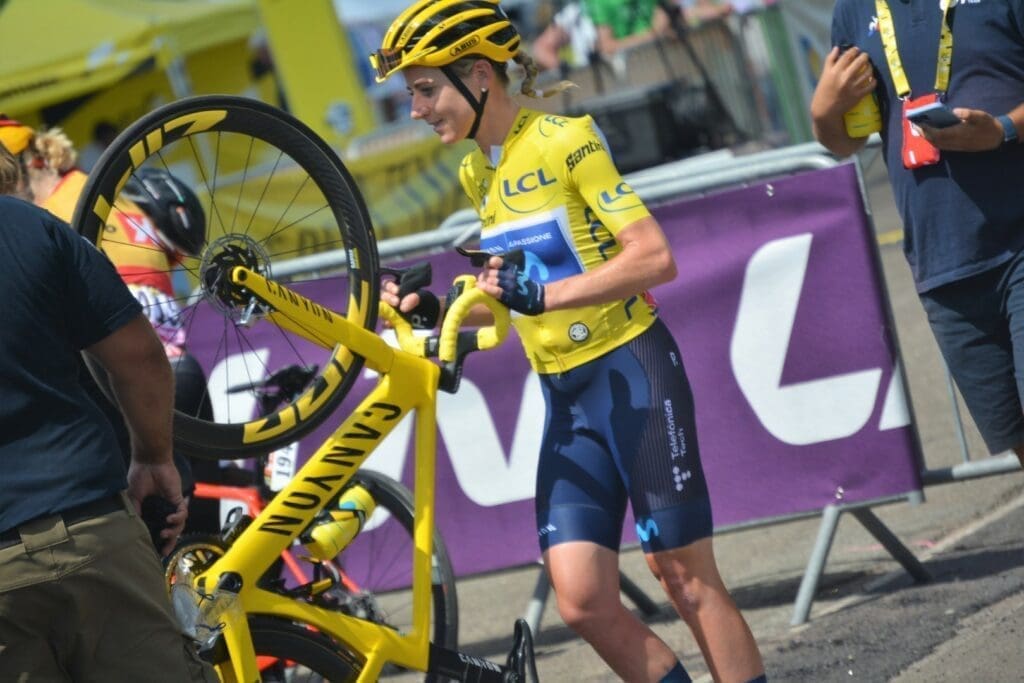
Yellow jersey
The Yellow Jersey, known in French as the “Maillot Jaune”, is the most prestigious award in the Tour de France Femmes avec Zwift. It is the symbol of the overall race leader, indicating the rider who has completed the stages in the lowest aggregate time.
Unlike the Green, Polka-Dot, and White Jerseys, which represent the best sprinter, climber, and young rider respectively, the Yellow Jersey is awarded to the rider who is simply the fastest across all stages, regardless of terrain or type of finish.
After each stage, times are calculated and the rider with the lowest cumulative time is awarded the Yellow Jersey. This rider then wears the jersey during the next stage. It’s important to note that time bonuses can be earned at intermediate sprints and stage finishes, which could influence the General Classification and hence who wears the Yellow Jersey.
The ultimate goal for every rider in the Tour de France Femmes avec Zwift is to wear the Yellow Jersey on the final day, signifying that they are the overall winner of the tour. It requires not only strength and endurance but also strategy, as riders must balance their efforts across different terrains and stages.
If a tie in the overall time occurs, the rider with the most stage wins, then the most intermediate sprint wins would be awarded the Yellow Jersey.
The Yellow Jersey is more than just a piece of clothing – it’s a symbol of grit, determination, and cycling excellence. To stand on the podium in Paris wearing the Yellow Jersey is a dream shared by all professional cyclists and is the pinnacle of any cycling career.
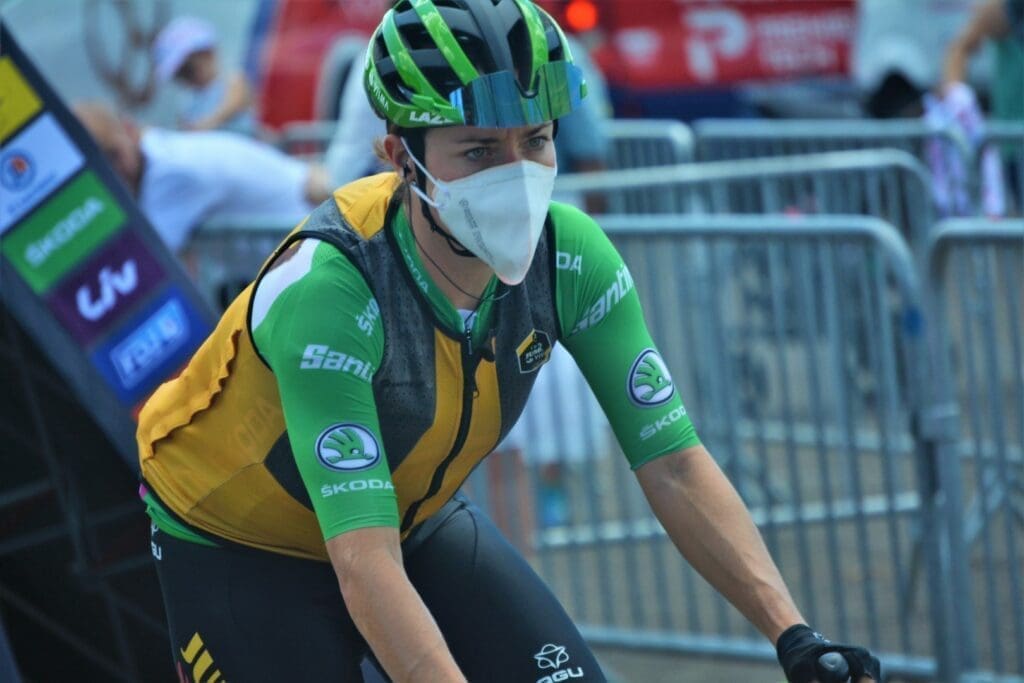
Green jersey
The Green Jersey, known in French as the “Maillot Vert”, is awarded to the best sprinter in the Tour de France Femmes avec Zwift. The competition is designed to recognise the most consistent finisher throughout the race.
The competition operates on a points system, which functions at designated sprint points along each stage of the race, as well as the finish line. These specific points are announced before the race. Sprint points throughout the stage are known as intermediate sprints, while the highest number of points is available at the finish of each stage.
The first riders to cross these intermediate sprint points and the finish line receives a set number of points. The number of points awarded varies depending on the type of stage. For instance, flat stages offer more points than mountainous or time trial stages, thus favouring natural sprinters. This ensures a mix of sprinters and all-rounders contesting for the jersey.
The rider who accumulates the most points throughout the race wears the Green Jersey. In the event of a tie, the rider with the most stage wins, then the most intermediate sprint wins, and would wear the jersey.
It is important to note that while the ultimate goal for many riders is the overall General Classification (Yellow Jersey), the Green Jersey competition adds an exciting strategic element to the race. Riders and teams must balance their efforts between chasing stage wins, accumulating green jersey points, and conserving energy for the overall race.
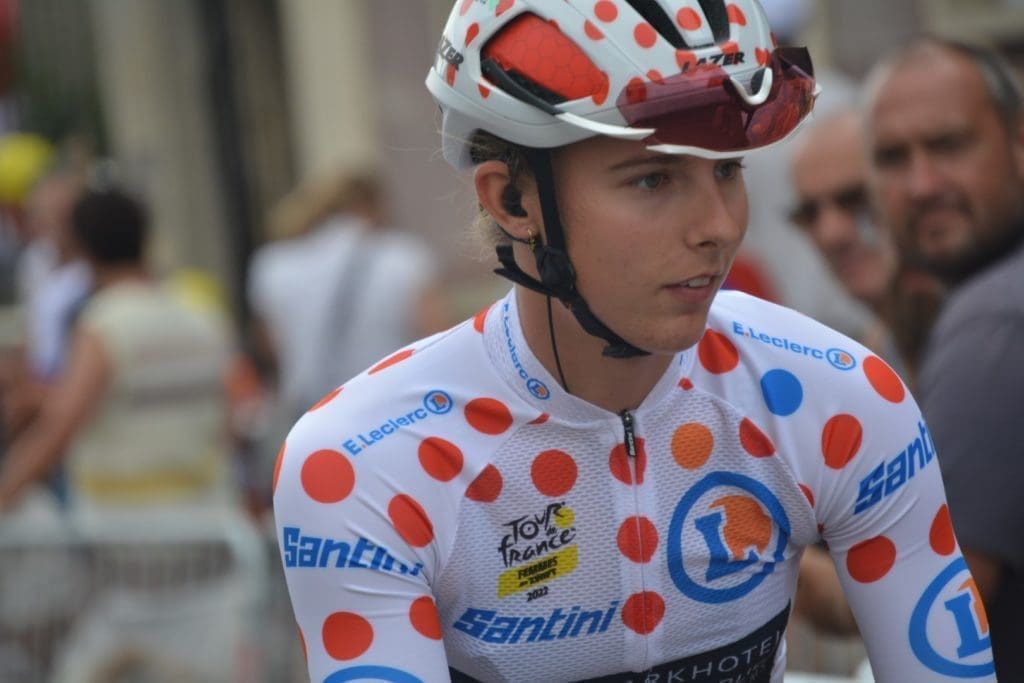
Queen of the Mountains jersey
In the Tour de France Femmes avec Zwift, the Queen of the Mountains Jersey, also known as the Polka-Dot Jersey or “Maillot à Pois Rouges” in French, is awarded to the best climber in the race, or as the title suggests, the ‘Queen of the Mountains’.
Similar to the Green Jersey, this competition also operates on a points system. However, these points are awarded at the top of designated climbs along each stage of the race. The climbs are categorised according to their difficulty, with Category 1 climbs being the most challenging and Category 4 the least. There are also “Hors Catégorie” (beyond categorisation) climbs, which are even more challenging than Category 1. The higher the category of the climb, the more points that are available for the first riders who reach the summit.
The rider who amasses the most points throughout the race earns the right to wear the Polka-Dot Jersey. The competition adds a strategic layer to the race as riders and teams must decide whether to target the overall General Classification (Yellow Jersey), focus on the climbs to secure the Polka-Dot Jersey, or potentially aim for both.
Should there be a tie for points for the Queen of the Mountains Jersey, the rider who has reached the top of the most difficult climb first is awarded the jersey. If a tie still exists, the next criterion would be the rider who has reached the top of the most Category 1 climbs first, and so on, until a winner is decided.
The Queen of the Mountains Jersey is a coveted prize, often a target for the strongest climbers in the peloton, and it brings an extra dimension of excitement and tactics to the race.
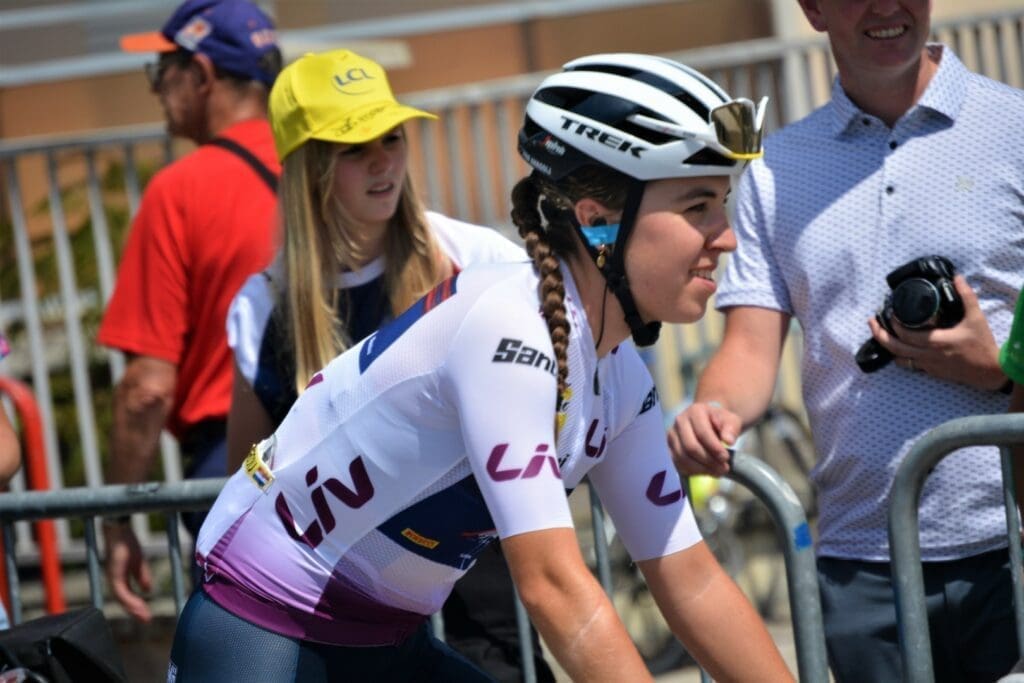
White jersey
The White Jersey, or “Maillot Blanc” in French, is a significant award in the Tour de France Femmes avec Zwift, recognising the best young rider in the race.
This jersey is given to the rider under 26 years of age who has the lowest aggregate time in the General Classification after each stage. Unlike the Green and Polka-Dot Jerseys, which are points-based competitions, the White Jersey competition is purely based on time, mirroring the primary objective of the Yellow Jersey.
The White Jersey competition provides a platform for the young, emerging talents in professional cycling to compete among themselves while also racing against the entire peloton. It shines a spotlight on the future stars of the sport, those who are likely to be the general classification contenders and potential Yellow Jersey winners in the coming years.
The rider who finishes the race with the lowest overall time amongst competitors under 26 dons the White Jersey on the final podium. If a tie occurs, the number of stage wins, then the number of intermediate sprint wins are used to break the tie.
Winning the White Jersey is considered a significant achievement in a rider’s career, marking them as a promising talent to watch in future races. It’s an added layer of competition that brings more intrigue and anticipation to the race, as we see the champions of tomorrow emerging today.
2023 Tour de France Femmes avec Zwift route
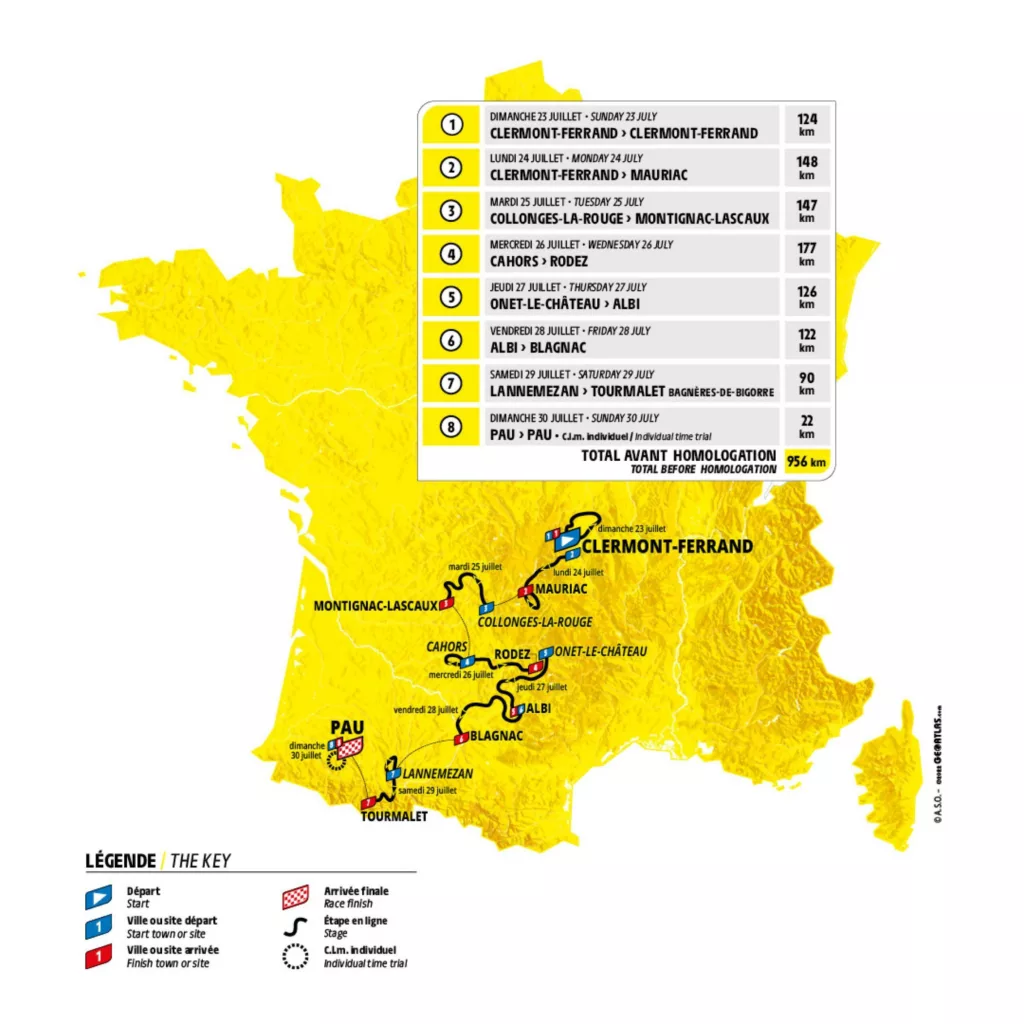
The 2023 route was announced back in October 2022, so there has been plenty of time for riders to recon the route. Recent weeks have seen an increased number of riders riding the Tourmalet and the TT route in Pau to familiarise themselves with 2 of the key GC points of the 2023 Tour de France Femmes avec Zwift.
This year’s route presents a markedly different route compared to the rebooted 2022 event. Beginning in the Massif Central region in Clermont-Ferrand, the race will form a 124km loop, ending back at the starting point. A late challenge awaits the riders in the form of the Cote de Durtol (1.7km at 7.2%), located 9km from the finish line. Stage 2 will also commence in Clermont-Ferrand, encompassing a 148km journey to Mauriac. It appears unsuitable for sprinters with a peppering of short ascents, culminating with a 3.4km climb at 5.8% on the Cote de Trébiac.
Stage 3, however, is expected to offer the first opportunity for the sprinters. Spanning 147km from Collonges-La-Route to Montignac-Lascaux, the stage does feature some shorter climbs early on, but the latter portion is flat and may well allow for Lorena Wiebes to secure a victory. Stage 4 seems ideal for punchy climbers such as Cecilie Uttrup Ludwig or Liane Lippert. The final part is serrated with 4 late climbs, the last of which arrives at the Rodez finish following a lengthy 177km of racing – the outcome of the stage will likely be determined by the Cote Saint-Pierre (570m at 10.1%).
Stage 5 of the 2023 Tour de France Femmes avec Zwift appears tailored to a breakaway attempt, with enough uphill stretches to dissuade some of the sprinters, despite a rather manageable finale. The course is sufficiently challenging to complicate controlling the race for a sprint finish, yet it is plausible that riders like Marianne Vos or Lotte Kopecky could be in contention for a reduced group sprint. The following day presents the final opportunity for a sprint victory. The flattest day of the race takes the riders between Albi and Blagnac, which again hints at a potential Wiebes stage triumph.
Stage 7 represents the queen stage, featuring a brisk 90km ascent up the Col d’Aspin and the Col du Tourmalet. This is the first real opportunity for Annemiek Van Vleuten to make her mark. Knowing her typical style, she will likely launch an early attack on the Aspin before gaining significant ground on her rivals like Demi Vollering during the HC climb of the Tourmalet. However, she must avoid overexerting herself as the final day involves a 22km time trial around Pau. This stage is just long enough and sufficiently hilly to potentially stir up the General Classification. While the expectation is that Van Vleuten will have secured the race by this point, the strategic management of effort across the 8 days will be crucial for overall GC success.
Additional modifications to this year’s edition include changes to team sizes. A new UCI rule allows for 7 riders to participate this year, an increase from the 6 riders allowed at the 2022 Tour de France Femmes.
2023 Tour de France Femmes avec Zwift stage profiles
